#antheraea polyphemus
Explore tagged Tumblr posts
Text
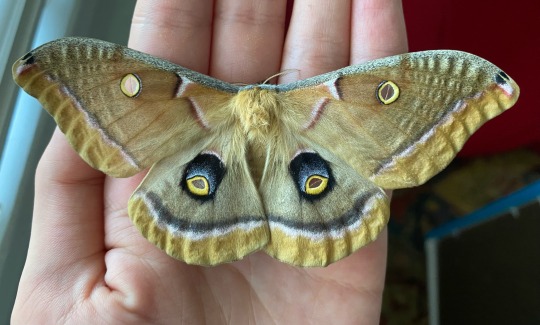
first polyphemus moth came out of her cocoon last night :)
753 notes
·
View notes
Text
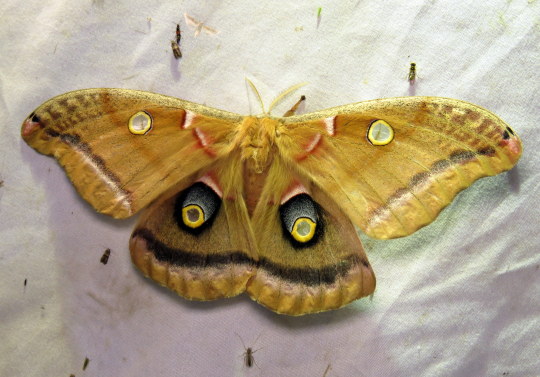
Bug of the Day
I remember this night. This night was a good night.
(Polyphemus moth, Antheraea polyphemus - there are at least 4 insect orders in this photo, can you spot them all?)
#Polyphemus moth#Polyphemus#Antheraea polyphemus#Antheraea#Saturniidae#Lepidoptera#moth#insect#BotD#bug of the day
232 notes
·
View notes
Text


Range: Found across continental North America
#poll#lepidoptera tw#bug tw#insect tw#Class: Insecta#Order: Lepidoptera#Family: Saturniidae#Genus: Antheraea#Antheraea Polyphemus#Range: Nearctic#Range: Neotropical
40 notes
·
View notes
Text
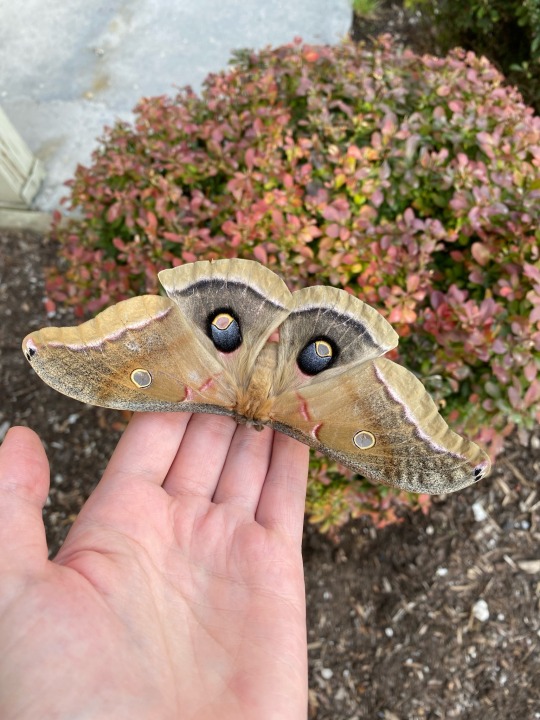
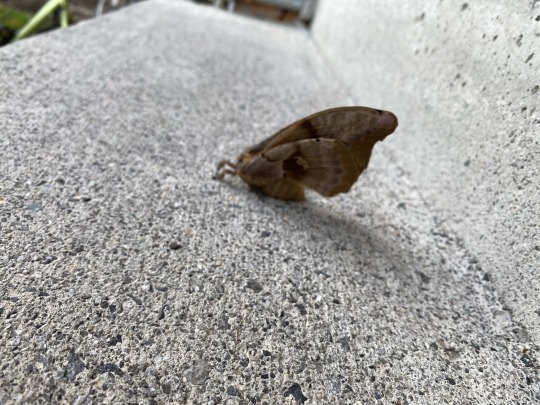
Look at this gorgeous girl I found the other day
#I was like why is this leaf standing up#saturniidae#lepidoptera#polyphemus moth#antheraea polyphemus#insect#bug#bugblr#mine
182 notes
·
View notes
Text
Lagarta da mariposa Polyphemus, Antheraea polyphemus, da família Saturniidae , as mariposas gigantes da seda. . A lagarta pode comer 86.000 vezes seu peso em pouco menos de dois meses.
#animal#animals#animais#biologia#biology#invertebrates#invertebrados#catterpillar#lagarta#inseto#insect#insects#insetos#moth#polyphemus#antheraea polyphemus#sturniidae#larvas#larvae
18 notes
·
View notes
Text

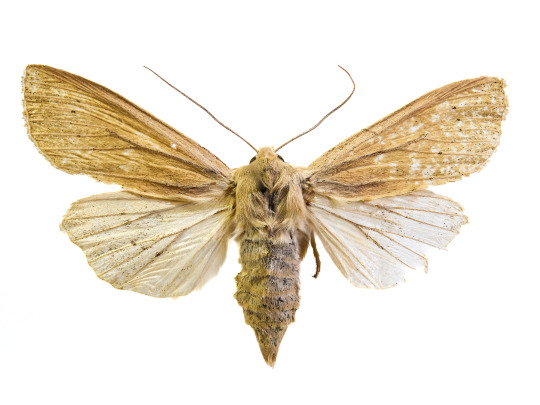
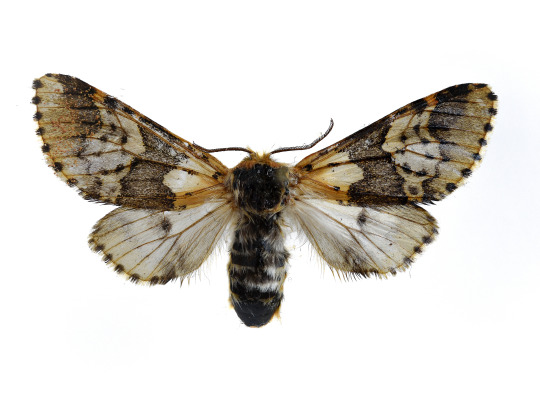




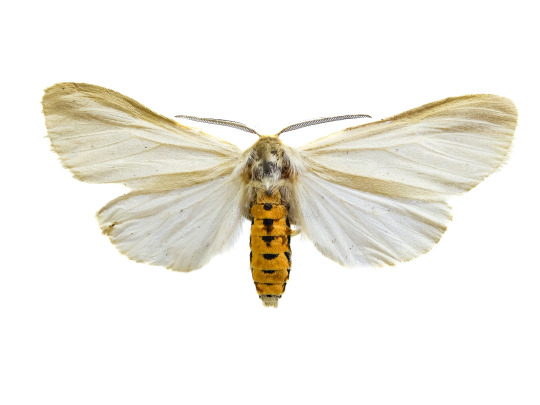
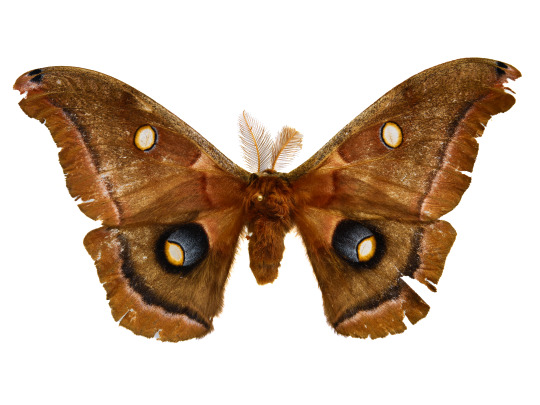
Nine images of moths local to Peterborough, ON.
Nikon D750
Nikkor 60mm f2.8
#biology#Moths#PNG#Entomology#Bugs#Bugs Are Cool#Bugs R Cool#lepidoptera#Antheraea polyphemus#Giant Silkworm Moth#Apantesis nais#Nais Tiger Moth#Tiger Moth#Phizedra lutosa#Large Wainscot Moth#Moth#Apantesis phalerata#Copper Underwing Moth#Automeris io#Peacock Moth#Io Moth#Euchaetes egle#Milkweed Tiger Moth#Peterborough#Ontario Moths#Ontario Moth#Morphology#Mothmorphology#Trent University#Conservation Biology
25 notes
·
View notes
Text

pinned my antheraea polyphemus moth specimen that i found in 2020 last night!! a beautiful boy he turned out perfectly
#he was sitting dried out in a tupperware for three years LOL#but i rehydrated him yesterday. he’s looking fab#approx 5 inch wingspan! one of the biggest moths we have locally#altho the females are bigger. up to 7 inches#polyphemus moth#antheraea polyphemus#note his transparent eye spots. lovely#one of my fave species of all time
26 notes
·
View notes
Text






big boy, fuzzy variation
polyphemus moth (antheraea polyphemus)
#moth#insects#photos#polyphemus moth#antheraea polyphemus#they live less than a week as adults so this was an amazing find#nature is fuckin magic
21 notes
·
View notes
Text

draw a moth every day challenge
forgot to do one yesterday lol here's two shitty polyphemus moths
(daily moth doodle 43 and 44/366)
7 notes
·
View notes
Text




also found a beautiful polyphemus moth yesterday evening ❤️
3 notes
·
View notes
Text
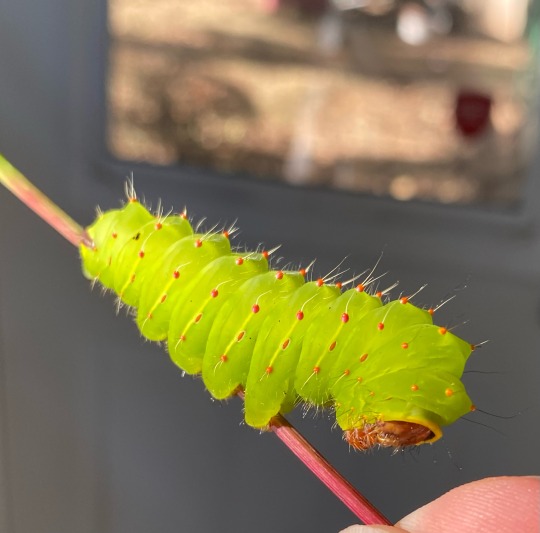
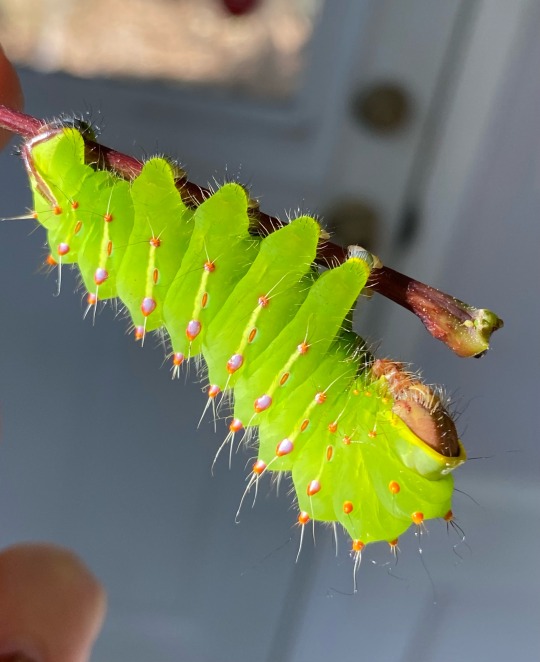
absolute fatties - Antheraea polyphemus
134 notes
·
View notes
Text


baby has emerged
#once again I bring you: moth#from the big green caterpillar from a few weeks back#polys are my absolute favorite to raise#they're huge and gorgeous and such polite caterpillars#antheraea polyphemus
2 notes
·
View notes
Text



AH MOTH ALERT
4 notes
·
View notes
Text
A couple of bugs for your viewing pleasure
Polyphemus Moth and a weevil


#bugs#weevil#insect#Moth#antheraea polyphemus#curculionidae#i love bugs#I have so many more bug pics but I'm gonna space them out
11 notes
·
View notes
Text
Moth of the Week
Polyphemus Moth
Antheraea polyphemus
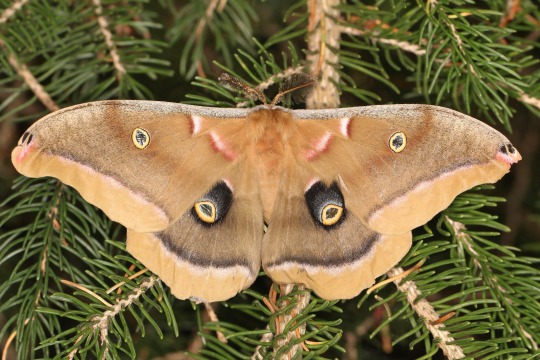
This moth is another member of the Saturniidae family, or the great silk moth family. The Polyphemus moth gets its name from the eyespots on its wings and the Greek myth of the cyclops Polyphemus. This species was first described by Pieter Cramer in 1776.
Description Polyphemus moths come in many varying shades of brown and gray with pink, white, and black accents. These accents are called the “ante-medial” and “post-medial” lines on the forewings while the hindwings have only the “post-medial” lines. Along the lower edges of both the forewings and the hindwings, called the “outer margin,” is a large band which may vary in color based on the moth but is usually a lighter shade than the rest of the wing. Despite differences in color, all Polyphemus moths have four yellow and black eyespots, 2 on the forewings and 2 on the hindwings. The hindwings’ eyespots are more prominent than the ones on the forewings, being larger and having a thicker outline. The centers of the spots are transparent.
Average Wingspan: 15 cm (6 in)
Females have larger bodies for egg laying
Males have large antennae to detect female pheromones (type: quadripectinate, comb-like)
Diet and Habitat The larvae eat the leaves of beech trees, birch trees, oak trees, maple trees, willow trees, and a large range of other trees. Adult moths have smaller mouths and do not eat.
These moths have a very large habitat range, being found in all of continental North America, except for northern Canada, Nevada, and Arizona. The eggs are laid in deciduous hardwood forests, wetlands and orchards.
Mating When the female moths release their mating pheromones, males can fly miles to find them. Mating usually occurs at night in early summer and lasts 24 hours. Once finished, a female will lay 100 to 300 eggs, which the caterpillars will hatch from in 10 days.
Predators Polyphemus moth caterpillars, larvae, and pupae are prey to yellowjackets, ants, raccoons and squirrels. Adult moths use the owl like eyespots on their wings to scare off predators.
Fun Fact The Polyphemus moth caterpillar can eat 86,000 times its weight when it leaves its egg in a little less than two months.
(Source: Wikipedia, Animal Diversity Web, Animal Spot, and University of Florida, Entomology and Nematology Department)
#animals#facts#bugs#libraryofmoths#insects#moth#mothoftheweek#Lepidoptera#Saturniidae#polyphemus moth#Antheraea polyphemus
31 notes
·
View notes
Text
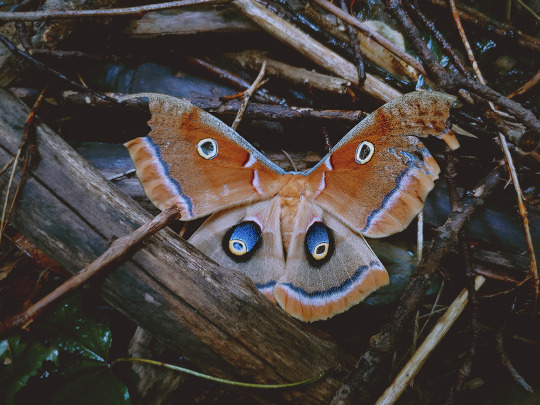
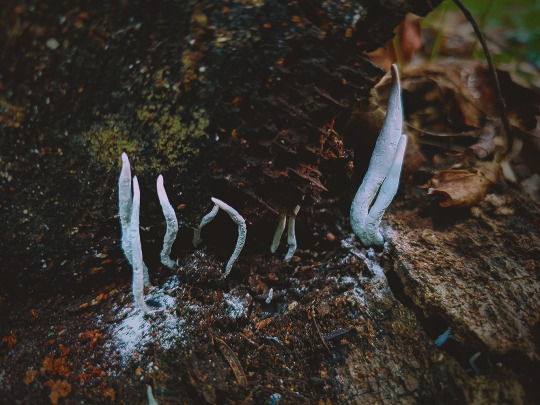
Antheraea polyphemus, Xylaria hypoxylon
#Antheraea polyphemus#Xylaria hypoxylon#moths#mushrooms#Candlesnuff fungus#Polyphemus moth#nature#photography#nature photography
8 notes
·
View notes